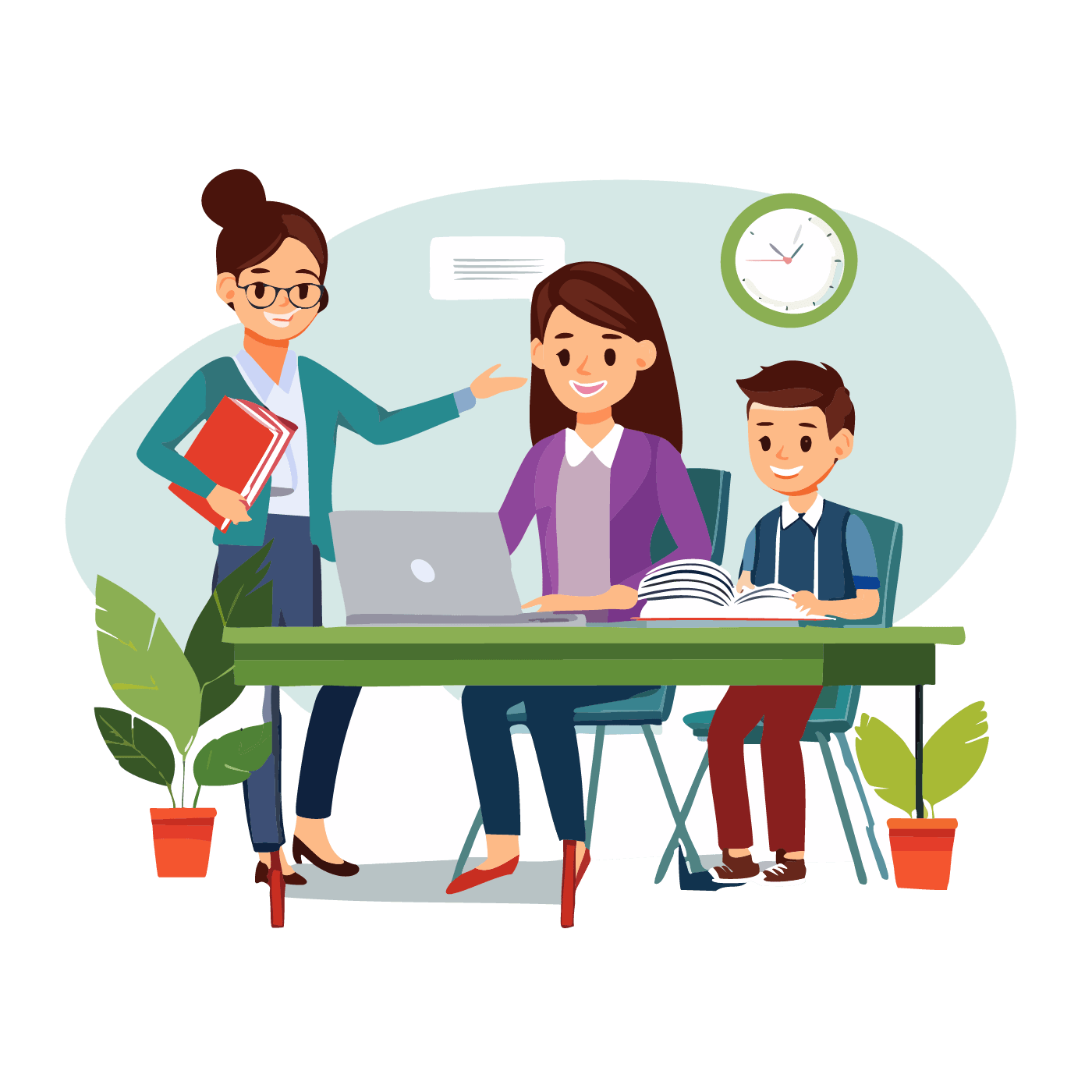Methods, Curriculum Types, and State Requirements
Language Impairments
Language impairments in children refer to difficulties with understanding or using language appropriately for their age level. These impairments can affect speaking, listening, reading, writing, and understanding communication.
Language impairments can affect academic performance, particularly in reading, writing, and social interaction, as language is the foundation for learning. Early intervention and speech therapy can help children improve their language skills and communication.
Aphasia is the medical term for full loss of language, while dysphasia stands for partial loss of language.

June is Aphasia Awareness Month.
June is Aphasia Awareness Month. Aphasia is a disorder that affects how you communicate.
What is Dysphasia and Aphasia?
Aphasia: A brain-related condition that affects a person’s ability to understand, speak, read, or write. A stroke, traumatic brain injury, or neurodegenerative disease can cause aphasia. Symptoms vary depending on the part of the brain that was damaged.
Dysphasia: An outdated term for a partial loss of language abilities. Dysphasia is caused by damage to the parts of the brain responsible for communication. Symptoms vary based on the region of the brain that was damaged.
Aphasia is the medical term for a language disorder that affects a person’s ability to communicate, while dysphasia is an outdated term for a partial loss of language abilities.
Educational Tips
Simplify Language
- Use simple, direct sentences with clear instructions.
- Break down tasks into small, manageable steps, providing one instruction at a time.
- Avoid using complex vocabulary or abstract language.
Visual Supports
- Use pictures, symbols, or diagrams to complement verbal instructions.
- Provide written cues or visual schedules to help with task sequencing.
- Utilize charts, checklists, or flowcharts to guide students through assignments.
Allow Extra Time
- Give additional time to process and respond to information to complete tasks and answer questions.
- Reduce time pressure on communication activities, like reading aloud or writing.
Multisensory Learning
- Engage multiple senses (visual, auditory, tactile) in learning tasks. For example, use tactile materials, manipulatives, or hands-on activities.
- Incorporate audio and visual resources to reinforce instructions.
Alternative Communication
- If verbal communication is challenging, offer alternative ways to complete tasks, such as typing, drawing, or using communication apps.
- Encourage non-verbal communication, such as gestures, pointing, or assistive technology like speech-to-text tools.
Frequent Checks for Understanding
- Periodically check for comprehension by asking the child to explain instructions in their own words.
- Use yes/no or choice questions if open-ended questions are too challenging.
- Provide feedback gently and repeat instructions as needed.
Task and Assignment Tips for Dysphasia and Aphasia
Here are some tips for managing tasks and assignments for a child with dysphasia or aphasia.

Treating and Managing of Dysphasia and Aphasia
Dysphasia (a language disorder that affects the ability to communicate) and aphasia (a more severe form of dysphasia) typically result from damage to the language centers of the brain, often due to stroke, brain injury, or neurological conditions. While treatment can vary depending on the cause and severity, several approaches and strategies are commonly used to help manage and improve communication abilities.
Dysphasia and Aphasia Behavioral Management
Behavioral management strategies for individuals with dysphasia (difficulty with language) or aphasia (a more severe language impairment often caused by brain injury) focus on improving communication, supporting emotional well-being, and facilitating daily activities.
Classroom Management for Students with Dysphasia and Aphasia
Classroom management for students with dysphasia and aphasia requires a tailored approach prioritizing communication support, patience, and a structured yet flexible learning environment. Here are some strategies to effectively manage a classroom with these needs.
Dysphasia and Aphasia and the Public School System
Dysphasia and aphasia are terms often used to describe language disorders, though “aphasia” is more commonly used in modern terminology. Both conditions involve difficulties with language processing, including speaking, understanding, reading, or writing, but they exist on a spectrum of severity.

Questions, Concerns, or Comments
Whether you're just beginning your homeschooling journey or are a seasoned pro, we're so glad you're here. This group is a supportive space for families navigating diverse learning needs, offering curriculum suggestions, adaptive technology, teaching strategies, and practical methods to help your child learn, explore, and thrive.
We encourage engaging, helpful posts and ask that you keep promotions and links minimum. Many families are searching for free or affordable curriculum ideas and resources, and we're committed to helping you find them.
Whether your child is navigating autism, ADHD, dysgraphia, dyscalculia, dyslexia, anxiety, sensory processing differences, or is neurodivergent in any way, you're not alone. We're here to share, support, and grow together.
Welcome!





